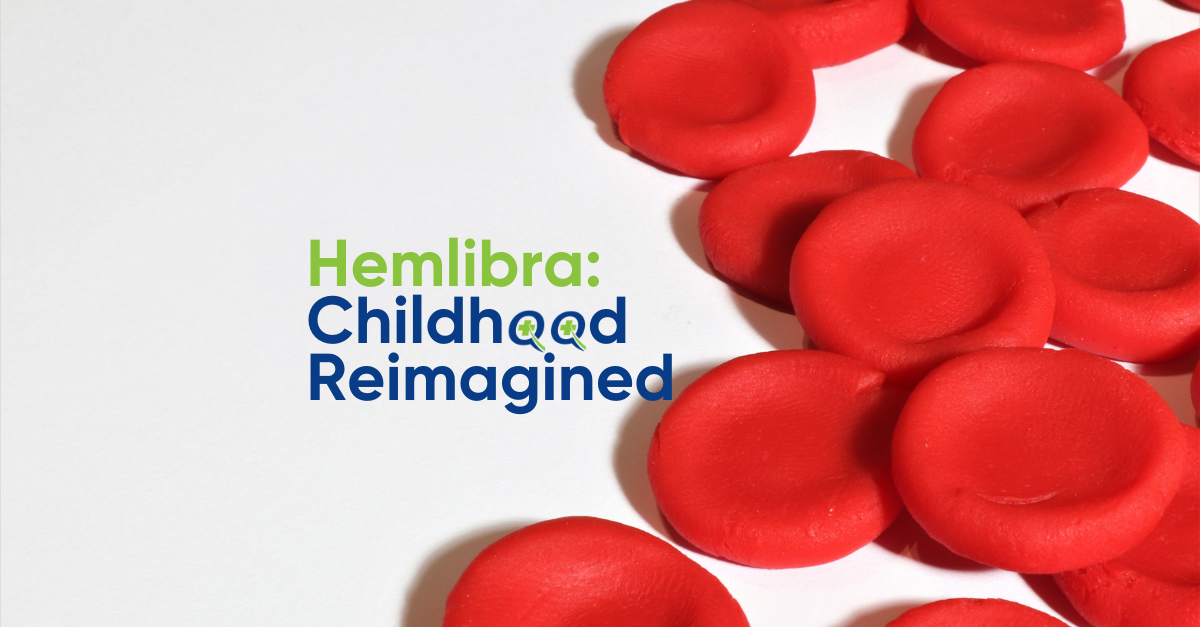Hemophilia is a rare genetic disorder that primarily affects males and is characterized by a deficiency or dysfunction of clotting factors in the blood. In children, hemophilia can present unique challenges and considerations, requiring careful management and monitoring to ensure optimal outcomes. Here’s a closer look at hemophilia in children, including its symptoms, diagnosis, and treatment options:
Symptoms of Hemophilia in Children
The most common symptom of hemophilia in children is prolonged bleeding, often following minor injuries or procedures. Children with hemophilia may experience:
- Easy bruising
- Nosebleeds that are difficult to stop
- Bleeding gums
- Blood in the urine or stool
- Swollen, painful joints due to internal bleeding
Diagnosis of Hemophilia in Children
Hemophilia is typically diagnosed through blood tests that measure the levels of clotting factors in the blood. In children with hemophilia, these tests may be performed if there is a family history of the disorder or if the child exhibits symptoms such as unexplained bleeding.
Types of Hemophilia in Children
There are two main types of hemophilia that can affect children:
- Hemophilia A: This is the most common type of hemophilia, caused by a deficiency of clotting factor VIII.
- Hemophilia B: Also known as Christmas disease, this type is caused by a deficiency of clotting factor IX.
Treatment Options for Hemophilia in Children
The primary goal of treatment for hemophilia in children is to prevent bleeding episodes and manage any bleeding that occurs. Treatment options may include:
- Clotting factor replacement therapy: This involves infusions of clotting factors to replace those that are deficient or dysfunctional. The frequency of infusions depends on the severity of the hemophilia.
- Desmopressin (DDAVP): This medication can stimulate the release of stored clotting factors in some children with mild hemophilia A.
- Hemlibra (emicizumab): As discussed earlier, this is a newer therapy that can be used to prevent bleeding episodes in children with hemophilia A, including those with inhibitors.
Managing Hemophilia in Children
Managing hemophilia in children involves a multidisciplinary approach, including regular monitoring, physical therapy to maintain joint health, and education about the condition and its treatment. With proper management, children with hemophilia can lead active, healthy lives and minimize the risk of complications associated with the disorder.


